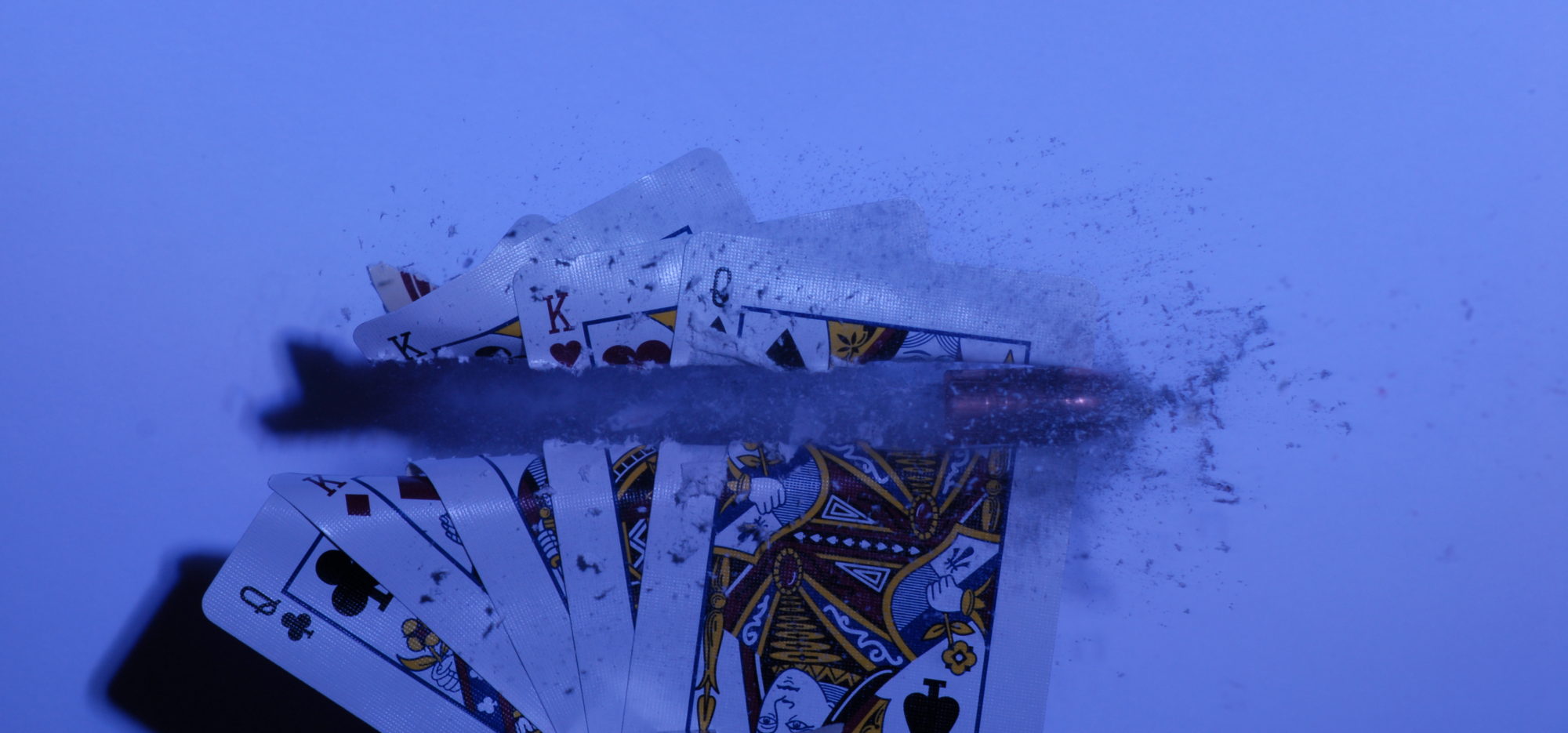It’s always exciting when new neighbors move in. You wonder who they are, what they do, what their family is like, whether they’ll be friendly or keep to themselves. A lot of questions naturally go through your mind.
Last week, we got some new neighbors. But instead of the usual curiosity, these new arrivals had me wondering if I needed a bigger gun…
Yep, that’s a bear.
More specifically, it’s a momma bear, and while the footage Isn’t great, I can tell you firsthand I’ve now spotted her and her two cubs several times. Somehow, she seems to have cracked the city’s trash pickup schedule, because trash day has quickly become her version of a neighborhood buffet.
I live right on the edge of a sprawling national forest, and while bears have always been out there, sightings were rare, more myth than reality to most folks. But this summer has been unusually wet, possibly among the top three wettest in recent memory. My guess is the flooding has made normal food sources harder to reach. I’m sure berries and fresh plants are still first choice, but a mother bear with two cubs to feed won’t turn down an easy score. When streams and rivers are running feet higher than normal, the average household trash can starts to look like a giant pup cup—packed with new smells, new flavors, and calories with almost no effort.
So, what does all this have to do with reloading?
Well, it got me thinking—again—about the incredible versatility of handloading.
Every morning, the dog and I head out on a walk. It’s our time, quiet, reflective, a chance to clear my mind, talk to the Lord, and reset before the day begins. It’s usually my favorite part of the day. There’s always something new to see, even if it’s just the way the fog lays over the trail or how the light catches in the trees. But lately, the walk comes with a bit more caution than usual.
Bears, as it turns out, aren’t the real worry, encounters are rare and avoidable if you’re smart. Snakes, though? That’s another story. This region is ideal habitat, and with flooding displacing them from their usual hiding spots, they’re showing up more often and in worse moods than normal. The chances of running into a venomous one are pretty high right now. So, what’s a guy and his dog to do?

They reload. That’s what they do.
Speer has made shotshell capsules for years, and as it happens, they were the first thing I was ever trusted to reload on my own. They’re a fantastic introduction to precision and finesse with your press. You’ll learn more from loading these than you might expect—how to properly adjust dies, how to feel the resistance in the press, how to be deliberate. I’ve loaded them with everything from #7 shot to crushed walnut media right out of the tumbler. That might sound strange, but walnut hulls are ideal for pest control in delicate environments where lead or steel might do more harm than good.
The capsules are intentionally fragile, which teaches you patience. You’ll likely break a few—and that’s a good thing. You’ll start to notice subtle feedback in the press you never paid attention to before. Once you’ve got a feel for loading plastic shot capsules, everything else becomes more intuitive. Use a wadcutter or flat-face seating plug, and apply just enough crimp to hold things together under recoil. They can actually take a decent amount of crimp, so don’t be too gentle either.
Speer Reloading Manual #15 has all the specs you need—powder types, shot weights, and load data. I’ve had excellent results using Unique powder. The key is loading the right amount of shot so that when the base wad snaps into place, everything fits tight. That internal tension adds structural integrity and makes seating and crimping a lot easier.
On these walks, I carry my .44 Magnum 329PD. It’s almost shockingly light for what it is, rides comfortably, and with a full payload of birdshot, it can turn a venomous surprise encounter into a safe retreat—fast. I carry a mix of shotshells and hard cast bullets, and I always feel prepared for anything: no legs, two legs, or four.

Now, back to the bear situation. I truly hope I never have to defend myself or anyone else from a bear. But I’m also not naive. If you find yourself between a momma bear and her cubs, you’re not dealing with a curious animal anymore—you’re facing a lethal threat. She will protect her family, and she will do so with overwhelming force. The best option, obviously, is prevention: make noise, stay aware, and avoid close encounters. But life doesn’t always go to plan.

And that’s where the beauty of handloading comes full circle. These are two wildly different scenarios—angry snakes at your feet or a massive predator at a distance—and they require two completely different types of ammunition. With factory ammo, you’re often forced to compromise. With reloading, you don’t have to. You can craft a cartridge to fit a very specific purpose, from delicate pest control to deep-penetrating defense loads. You can match your gear to your reality—and that’s powerful.

Handloading isn’t just a hobby. It’s a practical, empowering skill that gives you the ability to adapt. It offers peace of mind, confidence, and preparedness in a way that off-the-shelf ammo never could. Whether it’s an afternoon at the range, a peaceful morning walk, or a sudden wildlife encounter, reloading gives you the tools to be ready—for anything.
Marc




